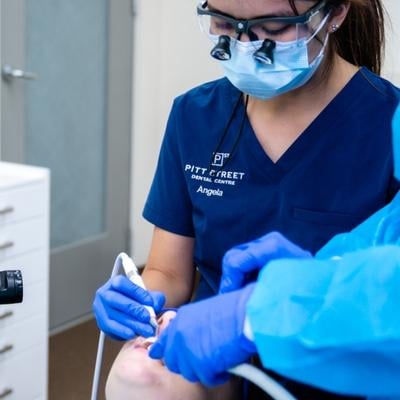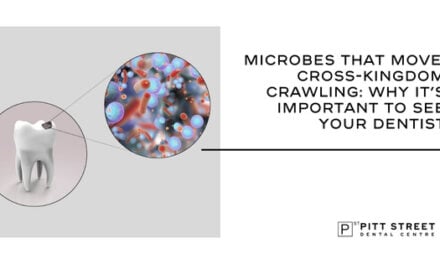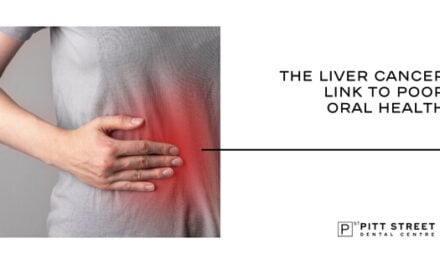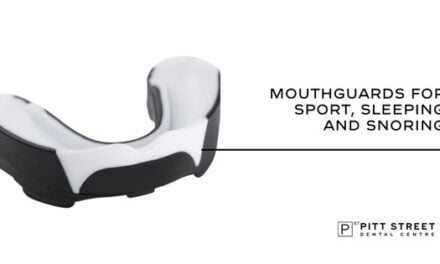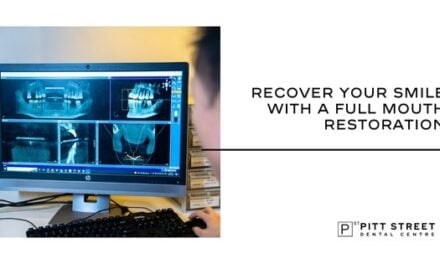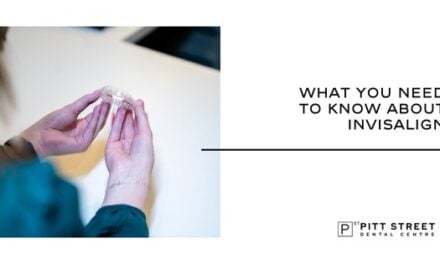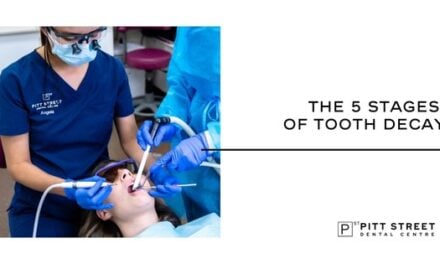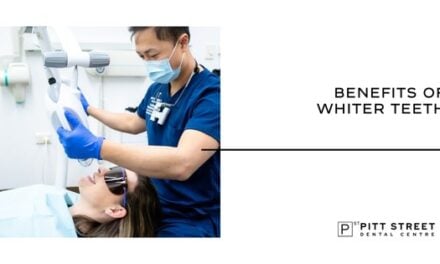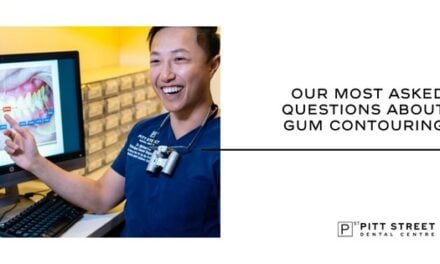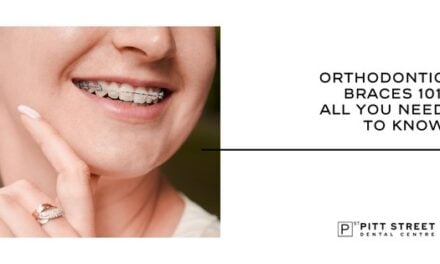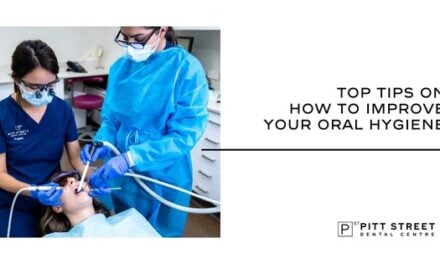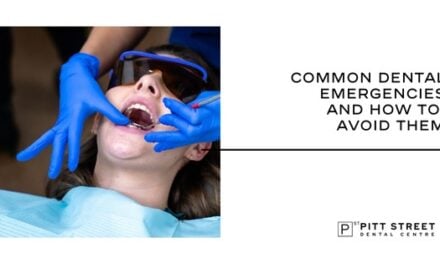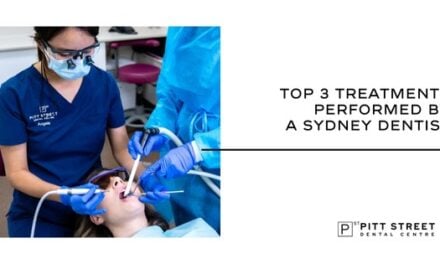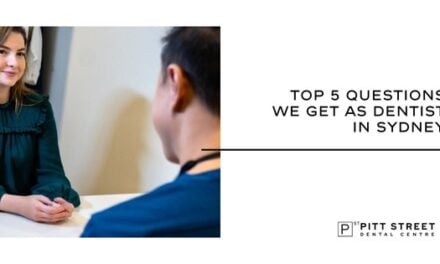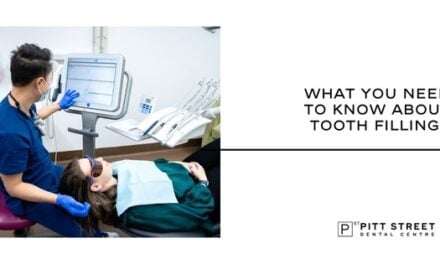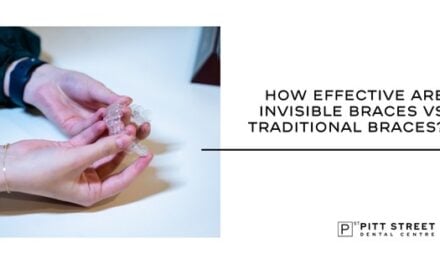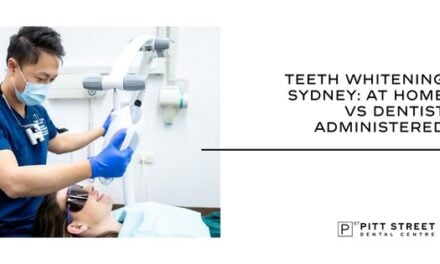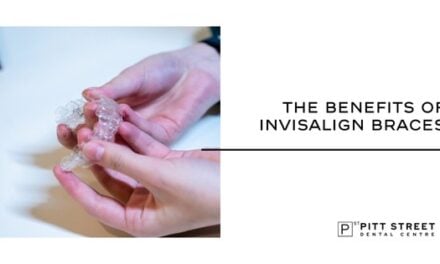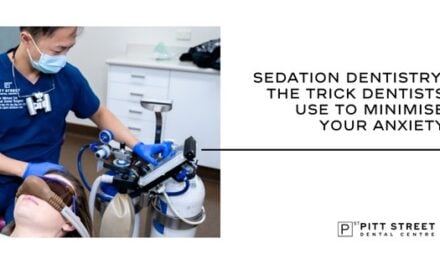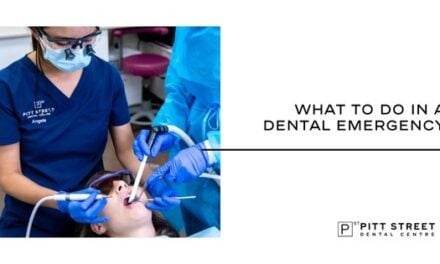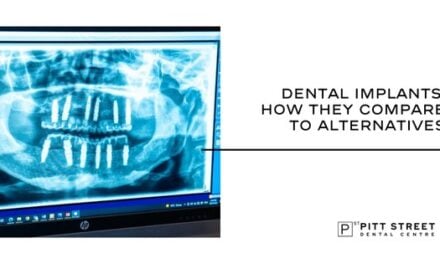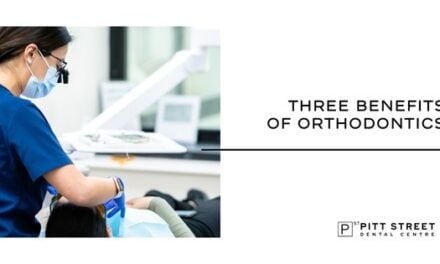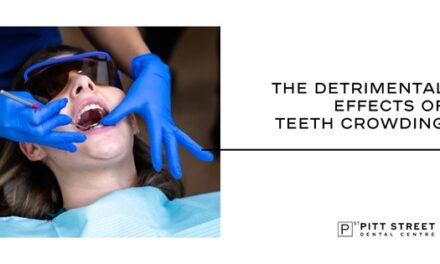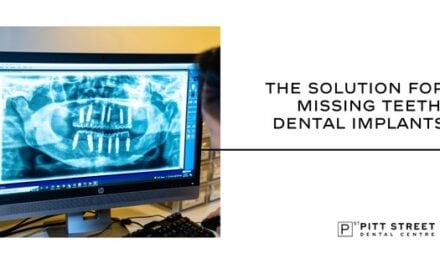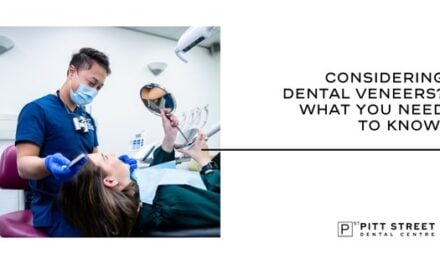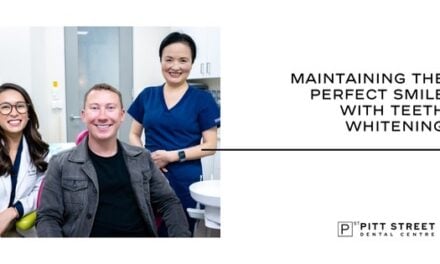Microbes That Move, Cross-Kingdom Crawling: Why It’s Important To See Your Dentist

Hooke and van Leeuwenhoek.
Stick a replacement ampersand in there and it could be a brand-expensive watch. Or a vodka distillery, producing a harmonious blend of ice-filtered rye and wheat.
With a name like that, at least you’d know what you were letting yourself in for.
For most, they’re two familiar names from a long-ago school project.
What was likely never mentioned within those artistic borders and Olde English style headings, is that when Antoni van Leeuwenhoek was born he was given the name Thonis Philipszoon. The house he grew up in Delft was next to the Leeuwenpoort, ‘Lion’s Gate’ – and at some indiscernible point he became known by the name he’s been referred to for more than three hundred years.
In English, it roughly translates to ‘Anthony from Lion’s Corner’ – the Renaissance Scientific Revolution equivalent of Jenny from the Block.
At 22 he opened his own drapery; by 30 he was chamberlain for City Hall sheriffs. Aside from being a self-taught lens maker, he’d also been a surveyor, a wine assayer in charge of plonk importation and taxation, and at the age of 47, was appointed Weights and Measures Inspector for the City of Delft.
Until 1683, aged 51, van Leeuwenhoek used the Dutch spelling ‘Antonj’.
There’s plenty of conjecture as to whether he knew the gifted mezzotint artist Jan Verkolje (1650-1693) which is interesting of course. Laura J. Snyder wrote a whole book on it.
Nobody’s held their breath for a deep dive into his ID tweaks. Who knows what clandestine life among the candles he may have been living. (Or Van der Hayden’s municipal oil lights, but that’s another story.) As a Scorpio, van Leeuwenhoek jealously guarded the way he made the tiny glass beads through which he observed a new world for the world; with a Libra ascendant, he wouldn’t have been able to stay still for long.
Much like the “… many very little living animalcules, very prettily a-moving” that he observed for the first time in his own dental plaque.
Gross.
More stomach-churning was one of the most scientifically significant letters even written to London’s Royal Society on September 17, 1683. In it, colleagues were informed of this discovery of bacteria, from scrapings from between his teeth “a little white matter, which is as thick as if ’twere batter.”
If that doesn’t have you speed dialling your dentist for an appointment, it can only be because you don’t know whether you’ll need a prophylaxis clean, a debridement or a scaling and root planing.
There’ll be no reason for either of the last two treatments if you’ve been keeping up with your 6-monthly check-ups. If you haven’t been for a while, you may need one. After that, you’ll be clocking in on those twice-yearly appointments like clockwork from Switzerland.
Though we know we should, we often don’t. There’s a lot of magic thinking that seems to go with maintaining good oral health. Somehow thinking about it, or talking about having to organise it, is job done.
It’s about as effective as looking intently through the restaurant menu to fill the hunger; although those “wretched beasties” that van Leeuwenhoek so excitedly described are enough to put you off your food.
It gets better.
Those strains of oral bacterium sighted centuries ago are still around. Tim Shaw’s 1990s Demtel catchcry, “But wait, there’s more..!” certainly applies to oral cavity microbes.
That there are bacterium designed to live under extreme conditions of pressure and temperature is one thing; that predatory bacterium shapeshifts to fit inside its prey is quite another.
We now know bacterium can walk across our teeth.
And therein lies an indelible image of millipedey micromonsters with billions of filthy, filthy feet.
It can also be a uniped. Just one foot, jumping and stamping and trampling the pearly of our pearly whites.
Teeth are coated in bacteria.
It eats the same sugars we do, in a way that’s even more gross than picking the food from someone else’s plate. The chaos and misery these pathogens create, excreting acids that carve out tooth enamel, instigate decay and cause gum disease, makes a voyage to America on a Dutch 17th century ship seem like a pleasure cruise.
A 2022 study found that fungi and bacteria work together to ambulate and ‘leap’ across dental surfaces. This foul, fancy footwork spreads disease with the greatest of ease – and much, much faster than either organism can on its own.
It changes the conventional understanding that bacteria accumulates in lucky-landing blobs that grow and spread, rather than dancing about causing dental decay and destruction.
This capability for complex motion is the scientific surprise.
They are multicellular, cross-kingdom assemblages – completely unrelated to each other before hooking up.
It’s the stuff of trauma romance science fiction: an unholy microbial marriage of bacteria and fungi that results in an incredible ‘superorganism’ – aggressively Hulk-like in both strength, and resilience to antimicrobials.
How these gloopy groupings behave, once they’ve adhered to the surface of a tooth, prompted a series of experiments using real-time live microscopy.
It was better than van Leeuwenhoek could have ever dreamed, when he noted how, “The biggest sort. . . bent their body into curves in going forwards …” What was observed, is highly structured organisation at its teeny-tiny best.
Enmeshed in a glue-like, extracellular polymer biomaterial, bacterial clusters attach in a complex network of fungal yeast and filament-like projections, known as ‘hyphae’.
Once they colonise the tooth surface, this superorganism of singularly non-motile microbes, displayed behaviours previously unknown in microbial kinetics.
These assemblages use the fungal hyphae to anchor to the surface and propel forward: bacteria basically hitchhikes on fungi.
They not only move, they move fast – and they move far.
Their pace is similar to the speed of fibroblasts – the cells involved in wound healing. Velocities of more than 40 microns per hour were measured.
Within the first few hours of gluey growth, ‘leaps’ of more than 100 microns across were observed.
For perspective, a tree frog can jump 50 times its own length; a grasshopper 20. One hundred microns across is more than 200 times the body length of this krazy-glue-merged oral micromutilator.
That’s one small step for a micro-superorganism, one giant leap for a dental appointment.
Within this walking-leaping-twirling biobundle, are larger, rod-shaped, external fungal cells that move like limbs to reach out to ‘handshake’ before co-mingling. Like its own crap dating app.
Prevent this microbe walk of shame. Brush, floss, cut down on eating and drinking sugars, and see your dentist.
We have van Leeuwenhoek to thank for discovering that his ‘animalcules’ could be killed by hot liquids, or rubbing the teeth with salt and gargling with vinegar. We’ve come a long way since then.
And we’ve come a long way since Hooke hooked van Leeuwenhoek with his Mucor microfungus that lead to the discovery of protozoa and bacteria.
In leaps and bounds.
The content has been made available for informational and educational purposes only. Pitt Street Dental Centre does not make any representation or warranties with respect to the accuracy, applicability, fitness, or completeness of the content.
The content is not intended to be a substitute for professional personal diagnosis or treatment. Always seek the advice of your dentist or another qualified health provider with any questions you may have regarding a dental or medical condition. Never disregard professional advice or delay seeking it because of something you have read or seen on the Site.
Services We Mentioned:
